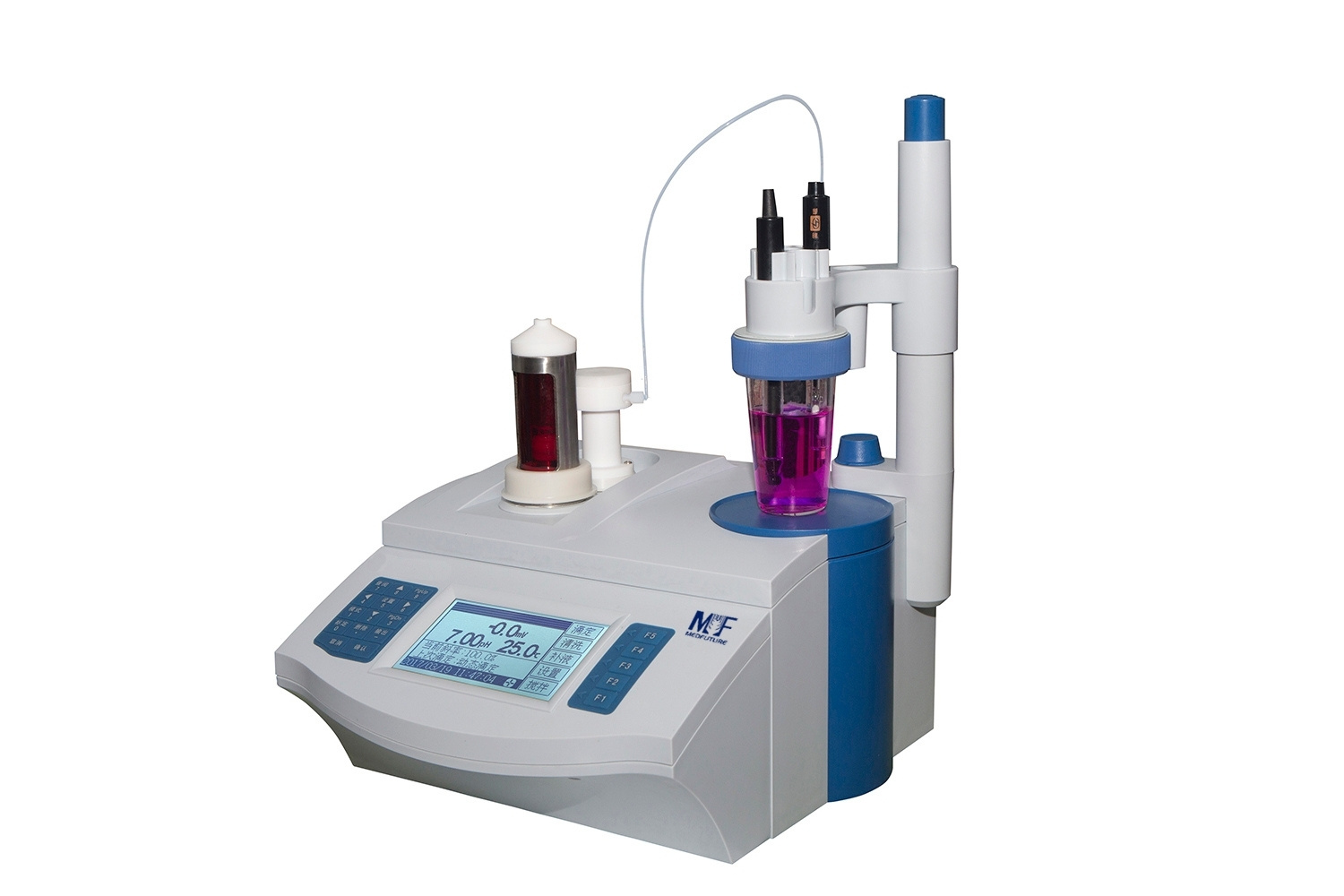
What is an automatic titrator? An automatic titrator is a device used in laboratories to determine the concentration of a substance in a solution. It automates the titration process, which involves adding a titrant to a solution until a reaction is complete. This gadget ensures precision and consistency, reducing human error. Automatic titrators are essential in various fields like chemistry, biology, and environmental science. They save time, improve accuracy, and can handle multiple samples simultaneously. Whether you're a student, researcher, or lab technician, understanding how an automatic titrator works can significantly enhance your experiments and analyses.
What is an Automatic Titrator?
An automatic titrator is a device used in laboratories to determine the concentration of a substance in a solution. It automates the titration process, making it more accurate and efficient. Here are some fascinating facts about this essential lab equipment.
-
Precision and Accuracy: Automatic titrators provide highly precise and accurate results, reducing human error in measurements.
-
Time-Saving: These devices significantly cut down the time required for titration, allowing scientists to perform multiple tests quickly.
-
User-Friendly Interface: Most automatic titrators come with an intuitive interface, making them easy to operate even for beginners.
How Does an Automatic Titrator Work?
Understanding the working mechanism of an automatic titrator can help appreciate its efficiency and reliability.
-
Burette System: The device uses a burette system to dispense the titrant into the solution being analyzed.
-
Electrodes and Sensors: It employs electrodes and sensors to detect the endpoint of the titration accurately.
-
Automated Control: The titrator automatically controls the addition of the titrant, ensuring consistent and reproducible results.
Types of Titrations Performed
Automatic titrators can perform various types of titrations, each suited for different analytical needs.
-
Acid-Base Titrations: Commonly used to determine the concentration of acidic or basic substances.
-
Redox Titrations: Used for analyzing oxidation-reduction reactions.
-
Complexometric Titrations: Ideal for determining metal ion concentrations in solutions.
-
Precipitation Titrations: Involves the formation of a precipitate during the titration process.
Applications in Different Industries
Automatic titrators are versatile tools used across various industries for quality control and research.
-
Pharmaceuticals: Ensures the correct concentration of active ingredients in medications.
-
Food and Beverage: Used to test the acidity, alkalinity, and other properties of food products.
-
Environmental Testing: Helps in analyzing water quality by measuring pollutants and contaminants.
-
Chemical Manufacturing: Ensures the purity and concentration of chemical products.
Benefits of Using an Automatic Titrator
The advantages of using an automatic titrator extend beyond just accuracy and efficiency.
-
Consistency: Provides consistent results, which is crucial for quality control.
-
Data Logging: Many models come with data logging capabilities, allowing for easy record-keeping and analysis.
-
Safety: Reduces the risk of exposure to hazardous chemicals by automating the titration process.
-
Cost-Effective: Though the initial investment might be high, the long-term benefits and efficiency make it cost-effective.
Innovations and Technological Advancements
The field of automatic titration has seen several technological advancements, making these devices even more efficient and user-friendly.
-
Smart Titrators: Modern titrators come with smart features like remote control and cloud connectivity.
-
Enhanced Sensitivity: Improved sensors and electrodes have increased the sensitivity and accuracy of measurements.
-
Compact Designs: Newer models are more compact, saving valuable lab space.
-
Multi-Parameter Testing: Some advanced titrators can perform multiple types of titrations simultaneously.
Maintenance and Calibration
Proper maintenance and calibration are crucial for the optimal performance of an automatic titrator.
-
Regular Cleaning: Ensures that the device remains free from contaminants that could affect accuracy.
-
Calibration: Regular calibration is necessary to maintain the precision of the measurements.
-
Software Updates: Keeping the software up-to-date can enhance the functionality and performance of the titrator.
Common Challenges and Solutions
Despite their advantages, automatic titrators can present some challenges. Knowing these can help in troubleshooting and maintaining efficiency.
-
Air Bubbles: Air bubbles in the burette can affect accuracy. Regularly checking and purging the system can prevent this.
-
Electrode Fouling: Electrodes can become fouled over time. Regular cleaning and maintenance can mitigate this issue.
-
Software Glitches: Occasionally, software issues can arise. Keeping the software updated and consulting the manufacturer can resolve these problems.
Future Trends in Automatic Titration
The future of automatic titration looks promising with ongoing research and development.
-
AI Integration: Artificial intelligence could further enhance the accuracy and efficiency of titrators.
-
Sustainability: Future models may focus on reducing waste and energy consumption.
-
User Customization: Increased customization options to meet specific user needs and applications.
The Final Word on Automatic Titrators
Automatic titrators are game-changers in labs. They boost accuracy, save time, and reduce human error. These devices handle complex titrations with ease, making them indispensable for chemists and researchers. From pharmaceuticals to food testing, their applications are vast.
Investing in an automatic titrator means more reliable results and streamlined workflows. They’re user-friendly, with intuitive interfaces and advanced features. Calibration and maintenance are straightforward, ensuring longevity and consistent performance.
Incorporating an automatic titrator into your lab setup can elevate your research quality. It’s a smart move for anyone serious about precision and efficiency. Whether you’re a seasoned scientist or a budding researcher, these devices offer undeniable benefits.
So, if you’re looking to enhance your lab’s capabilities, an automatic titrator is a solid choice. It’s not just a tool; it’s a step towards better science.
Was this page helpful?
Our commitment to delivering trustworthy and engaging content is at the heart of what we do. Each fact on our site is contributed by real users like you, bringing a wealth of diverse insights and information. To ensure the highest standards of accuracy and reliability, our dedicated editors meticulously review each submission. This process guarantees that the facts we share are not only fascinating but also credible. Trust in our commitment to quality and authenticity as you explore and learn with us.
